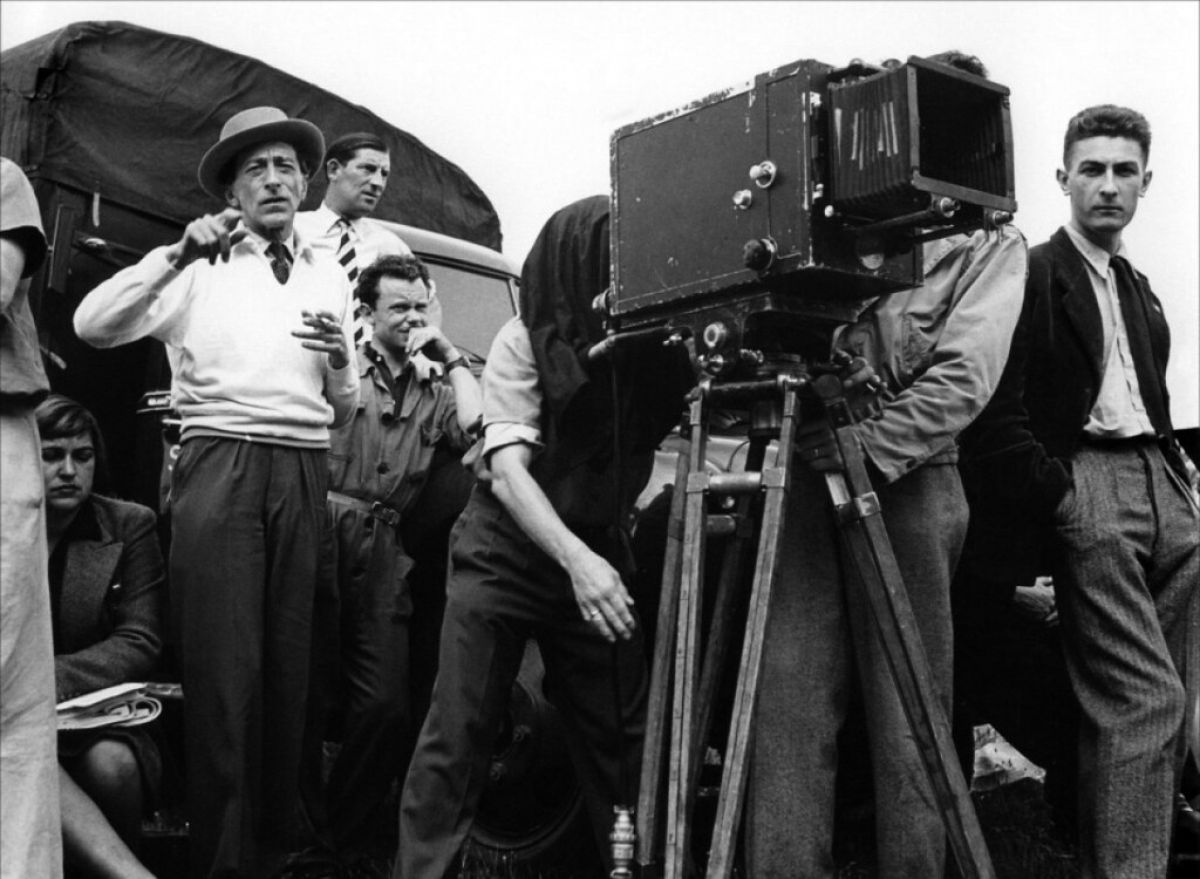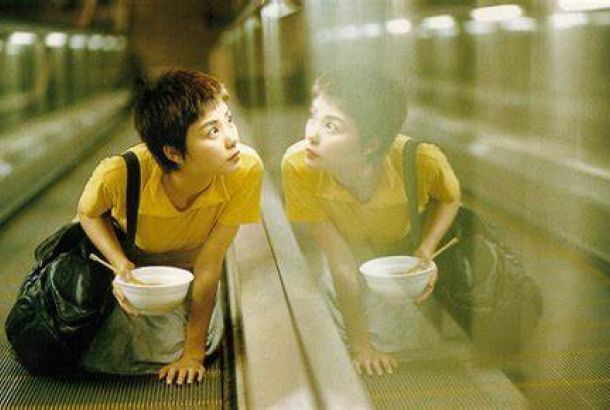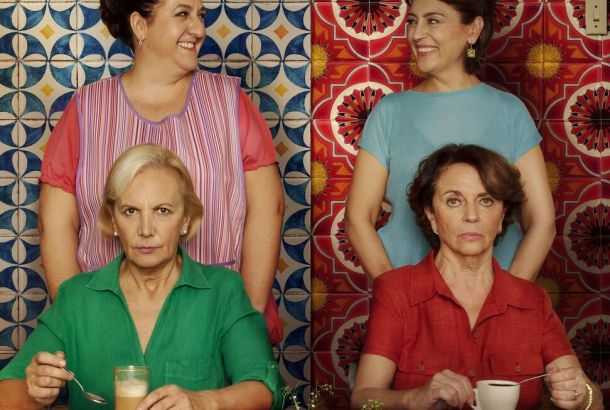Lust and Terror: Exploring the Evolution of Erotic Horror

Written by Sophia Harvey.
The 1960s and 70s saw European horror films spiral into the sexual. In doing so, a new genre of horror was born, blending eroticism and fear. This was erotic horror.
The potent fusion was extremely successful, and the genre enjoyed a boom lasting until the 1970s. The movement was not limited to Hollywood and captured the imaginations of German, French, and Italian directors. Although easy to dismiss as low-brow, the curious hybrid of popular literature and comic book tones, combined with the perverse romanticism of “real Art”, produced a unique type of cinema that should be celebrated for its weirdness.
By the end of the 1950s, classic horror films had become somewhat outdated. The shadows of the Holocaust and World War Two still loomed over Europe, meaning writers and directors felt the need to reinvent the old tropes with renewed power. Therefore, they drew off earlier literary inspirations, most notably The Gothic. This tradition had already established the archetypes of the fatal hero, the cruel vampire woman, the frenzied worship of excess and the morbid desire for contemplation rather than action.
The agenda for the next decade was set, however, with the monumental release of Les yeux sans visage (Eyes Without a Face), in 1959. French filmmaker Georges Franju, imbued with both the surrealist tradition and gory French serials such as Les vampires (1915-16), combined sex, cinema, and surgery in a composition that was both erotic and dangerous. It features a plastic surgeon determined to perform a face transplant on his disfigured daughter, resorting to murder in his search of a perfect match. The daughter, wearing a wax mask throughout the film, becomes an unearthly creature and in her cold, ethereal sexuality gives the film an even more chilling element. Eyes Without a Face was influential not only for its combination of unflinching gruesomeness, bizarre poetry, and pulp imagery, but also its revitalisation of the sadean and decadent tradition.
As horror crept back into mainstream British cinema, another element was emerging from the margins of the film business. The 1960s saw sex reappear onto the silver screen, a product of the famous Swinging Sixties. Night After Night After Night (1969) is a classic example of emerging erotic horror. The film features a psychopathic judge who, at nightfall, transforms into a leather-clad killer and stalks the mini-skirted women of Sixties London.
However, early British erotic horror often veered into excessive sleaze, and were to be primarily enjoyed in adult cinemas. It was in Italy where the genre began to be perfected. Violence, passion, and sex were already parts of the Italian historical epic and cinematic culture. Films such as La caduta di Troia (The Fall of Troy, 1913) had already introduced the eternal ‘femme fatale’ who often acted as the centre-point for the unfolding of dramatic action. The film 6 donne per l’assassino (Blood and Black Lace, 1964) concerns the grisly murders of fashion models committed by a masked killer. It exemplifies the Italian giallo genre, blending atmosphere and suspense with slasher violence and sexuality. Throughout the decade, giallo filmmakers refined the blend between eroticism and horror, and films like Mario Bava’s Black Sunday (1960) and Riccardo Freda’s The Horrible Dr. Hichcock (1962) are often featured in horror critics “best of…” collections. One of the films which exemplifies the perverse weirdness of the genre is Pupillo’s Il boia Scarlotto (Bloody Pit of Horror, 1965). Featuring the deranged Crimson Executioner who quenches his lust in vile torture, the film oscilates from comic-strip dementia to gory slashings, pushing it into the unique realm of the pulp erotic horror.
Erotic horror also flourished in Germany. A post-war thirst for cinema produced increasingly outlandish and transgressive films. Producer Wolf C. Hartwig has been credited with reviving the German ‘sexualaufklärung’ (sexual enlightenment) genre. He released the sensual and bizarre Ein Toter hing im Netz (Horror of Spider Island, 1965) in which a man-spider hybrid hunts down half-naked girls trapped on a desert island. French critic Ado Kyrou described it as ‘one of the peaks of the genre (of erotic terror)’, a testament to the exotic and fabulous within horror.
In France, the softcore sexploitation film had already reached a degree of sophistication, peaking with the 1974 release of Emmanuelle. The intellectual avant-garde began to move into the lucrative area of the erotic, namely Walerian Borowczyk (Immoral Tales, 1974) and Alain Robbe-Grillet (Glissements progressifs du plaisir, 1974). Both produced films that highlight the fantastique tradition within French cinema alongside the horror elements.
The erotic horror is often dismissed as sleazy and leering. However, it is undeniable that these perverse experiments celebrate a period where European mavericks threw caution to the wind and filmed unfettered fantasy. Reaching a global market, the genre continues to have resonance today. As Kyrou said, ‘I urge you: learn to look at “bad” films, they are so often sublime’.







